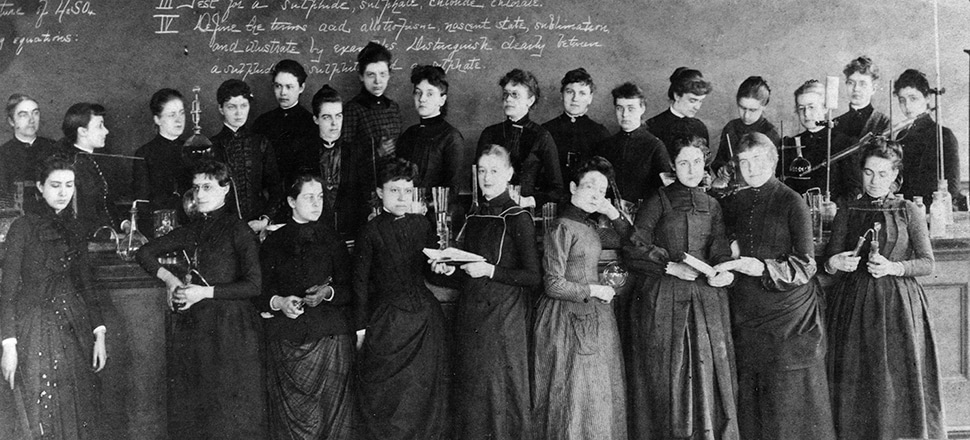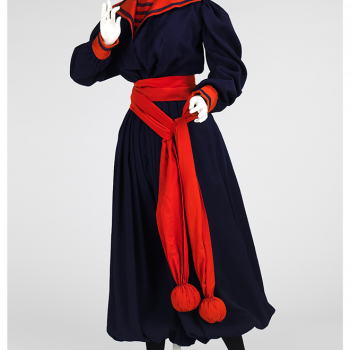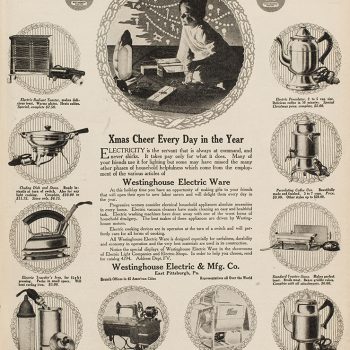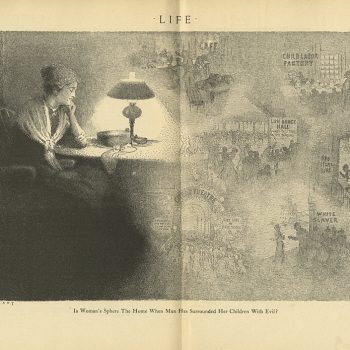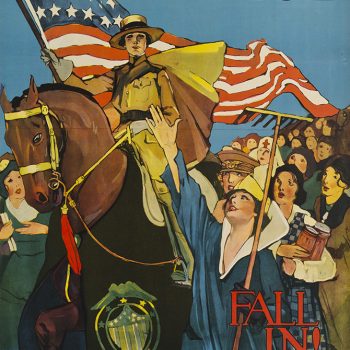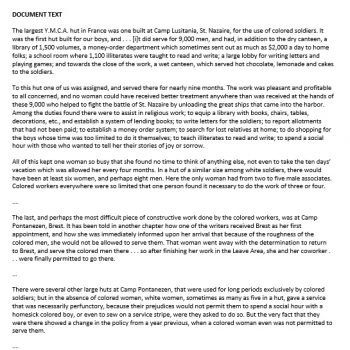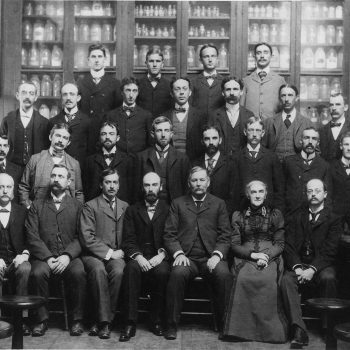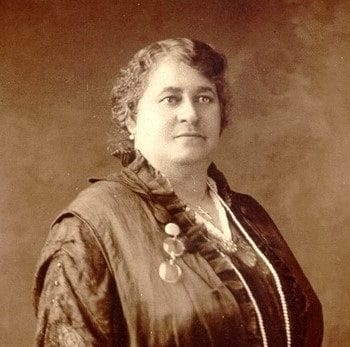Key Ideas
1. Women’s experiences differed depending on race, ethnicity, geography, and economic and social status.
2. New opportunities in education and work opened doors for some women.
3. Marriage, motherhood, and domestic life remained the main focus for most women.
Introduction
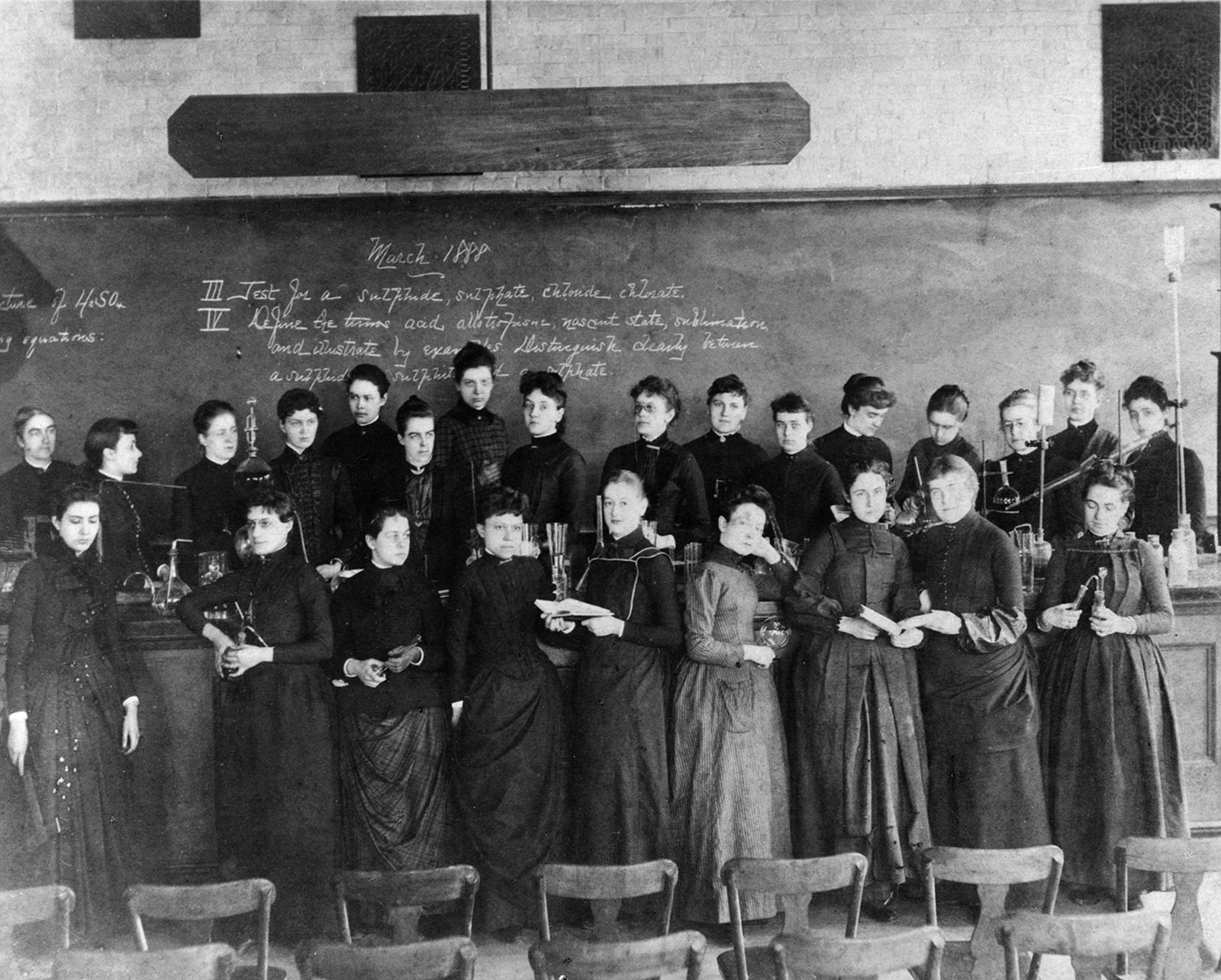
Ellen Swallow Richards and female students, 1888 [ESR13a]. Courtesy of MIT Museum.
Modern Womanhood
What did it mean to be a woman in modern America? The answer certainly differed depending on race, ethnicity, geography, and economic and social status.
Particularly for the fortunate members of the middle class, modern womanhood included newfound freedom. Improved access to education, recreation, and white-collar jobs offered many young, single women independence that their mothers had not enjoyed. Autonomy, however, ended at marriage for many women—although not necessarily.
But modern life was not solely about young women enjoying singlehood before settling down, nor was it limited to those born into privilege. Modern womanhood also involved shaking off tradition and carving new paths to happiness and success. The first self-made Black female millionaire built an empire that celebrated Black female beauty. Bohemians in Greenwich Village debated the radical ideas of free love and feminism. Artists and choreographers used their talents to explore femininity. World War I opened doors for women to work as volunteers and paid workers, and even travel overseas for the first time.
Section Essential Questions
1. What did modern womanhood mean to different women? How did race, class, geography, and other factors influence a woman’s experience of modern life?
2. To what extent was life in this era a break from tradition? To what extent was it a reinforcement of traditional norms and values?
3. How did some women break from tradition and pursue a life not solely defined by marriage and motherhood?
4. How did World War I change the roles available to women in society, and what was the lasting impact of these changes?


